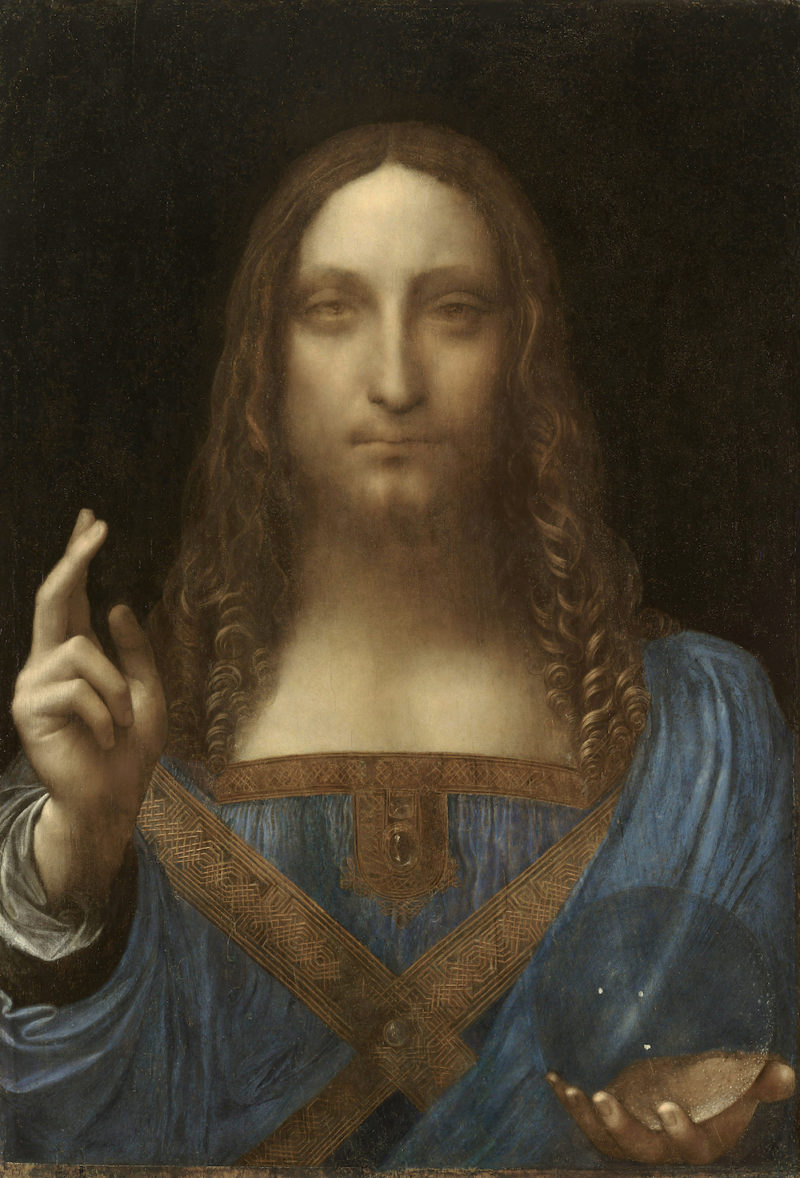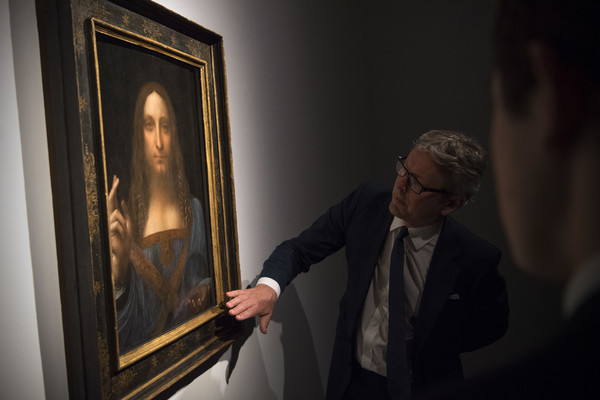Everyone thought Leonardo Da Vinci’s work of art, the Salvator Mundi, which means Savior of the World, a painting of Jesus, was long lost. However, the owner of the artwork, whose family bought it for 45 pounds in 1958, took it to an art dealer in New York by the name of Robert Simon in 2005.
 Step Siblings – Things Getting Sexual
Step Siblings – Things Getting Sexual
With the newest production called as simple as StepSiblings, you can expect the most sexual approach to living inside step-family – basically all these step brothers and step sisters are doing whatever it takes to get laid. With each other!
That Sitcom Show – New Era of Entertainment

This is an interesting development from Nubiles crew. If you remember classic sitcoms from 80’s era then you will feel right at home with That Sitcom Show, which is porn interpretation of actions happening on daily episodes of these shows. Remastered, with new crew of porn actors and actresses we are leading to the wild side of the entertainment!
Simon Doubted Its Authenticity
CNN reported that when the painting first arrived, Simon thought it was a product of one of Leonardo’s apprentices, which he said would have still made it a thing of value.
Simon Changed His Mind
After taking a closer look at the painting, Simon and Dianne Dwyer Modestini, an art conservationist, began nursing the feeling that the painting was indeed one of Leonardo’s masterpieces.

The Clues
How they could tell it was truly Leonardo’s work was that there were painting corrections on the positions of Jesus’ fingers and his clothing that were typical of Leonardo’s paintings, which could be observed under special lighting.
The other clue was the hair of Jesus. The curly locks on Jesus’ hair were very similar to the curly locks on St. John the Baptist’s hair at the Louvre, another one of Leonardo’s paintings.
Its History And Current Value
The Salvator Mundi is one of only 15 surviving oil paintings of Leonardo Da Vinci. Leonardo made it for the French monarch, Louis XII, about 1506 and 1513. England’s King Charles I first recorded it in his art collection in 1649.
After the execution of Charles I and the overthrow of the English monarchy, the painting was bought and presented to the Duke of Buckingham. The duke’s son sold it at an auction price. Sir Frederick Cook bought it in 1900. Cook’s descendants later sold it at a dirt-cheap rate in 1958.
After it was exhibited at the St. Petersburg Hermitage and the National Gallery, it was bought by a Russian art collector, Dmitry Rybolovlev, at a whopping $127.5 million. Today, it’s the most expensively sold of all Leonardo’s paintings.
Hi! The figure painting is a fine artwork on any form of painting media. The primary subject of figure painting happens to be the human figure.
